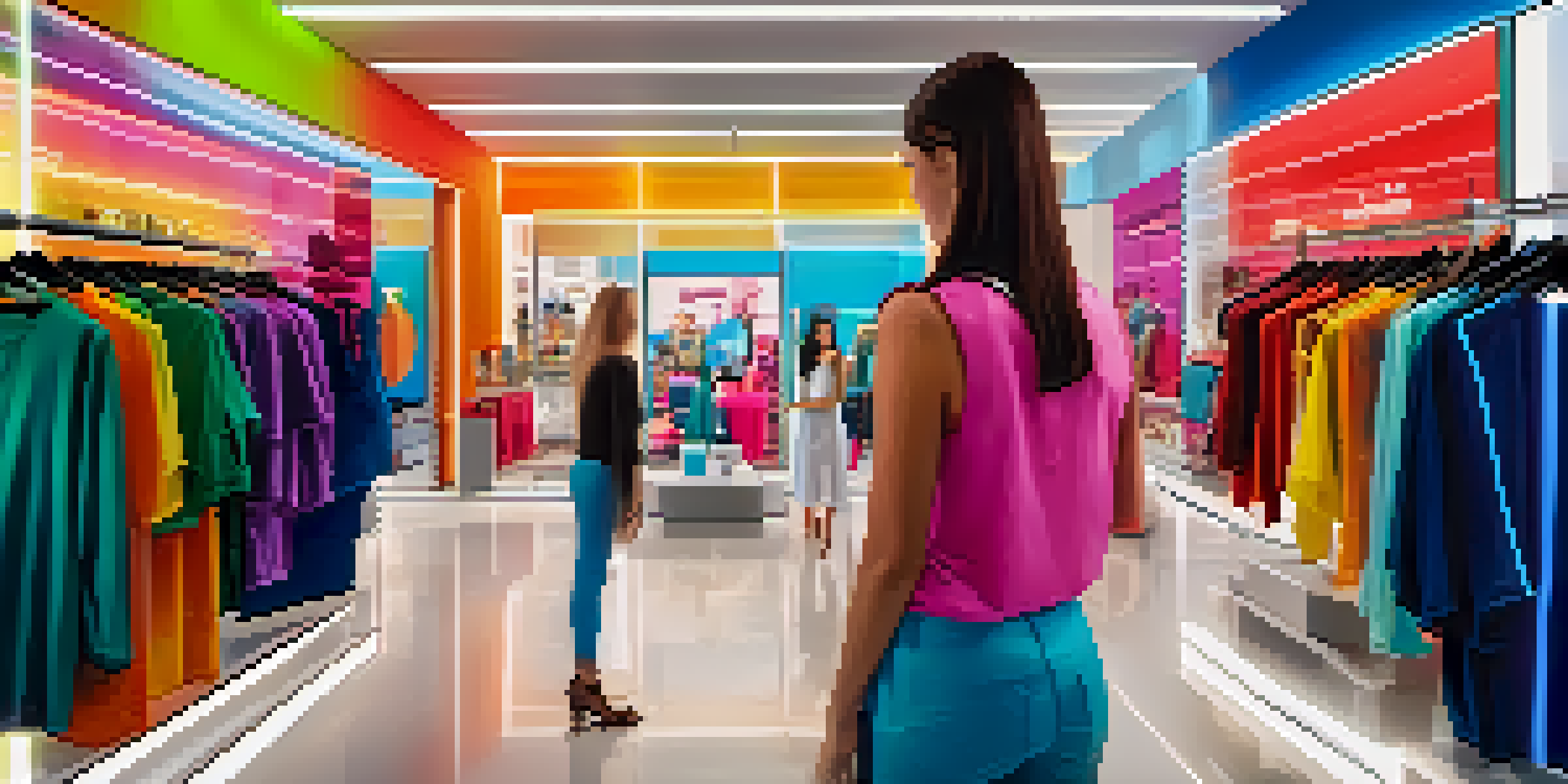Augmented Reality and Social Media: A Retail Marketing Blend

Understanding Augmented Reality in Retail Settings
Augmented Reality (AR) blends digital elements with the real world, enhancing customer experiences. Imagine trying on virtual clothes or seeing furniture in your living room before purchasing—this is the magic of AR in retail. It provides a unique way for shoppers to visualize products, helping them make informed choices. As AR technology continues to evolve, it’s becoming a vital tool for retailers to engage customers in a more interactive manner.
The Rise of Social Media as a Marketing Platform
Social media has transformed into a powerful marketing landscape, connecting brands with their audiences like never before. Platforms like Instagram and Snapchat have millions of active users who share and discover products daily. This organic interaction fosters brand loyalty and creates a community around the products. By utilizing social media, retailers can showcase their offerings and reach a broader audience effortlessly.
AR Enhances Retail Experiences
Augmented Reality transforms how customers interact with products, allowing them to visualize items in their own space before making a purchase.
How AR Enhances Social Media Interactions
Integrating AR into social media allows brands to create immersive experiences that captivate users. For instance, a makeup brand might offer a filter that lets users try on different lipstick shades virtually. This not only entertains but also encourages users to engage and share their experiences, amplifying brand reach. By bridging AR and social media, retailers can create buzz and drive traffic effectively.
Case Studies: Successful Retail Brands Using AR and Social Media
Several retail giants have successfully adopted AR in their social media strategies. For example, IKEA’s app lets customers visualize how furniture will look in their homes through AR. Similarly, Sephora’s Virtual Artist feature allows users to try on makeup using their smartphones. These brands illustrate how combining AR and social media can lead to increased customer engagement and sales.
Social Media Fuels Brand Engagement
Platforms like Instagram and Snapchat enable retailers to connect with audiences, fostering brand loyalty and creating vibrant communities around their products.
The Benefits of Merging AR with Social Media Marketing
Combining AR with social media marketing offers numerous advantages for retailers. It creates an interactive shopping experience, which can lead to higher conversion rates. Additionally, this approach encourages user-generated content, as customers share their AR experiences online. Ultimately, it helps brands stand out in a crowded marketplace, making them more memorable to potential buyers.
Challenges Retailers Face in Implementing AR
While the benefits are clear, implementing AR in retail comes with its own set of challenges. Technical hurdles, such as software compatibility and user experience design, can pose significant barriers. Moreover, retailers must ensure that their AR features are intuitive and accessible to all users. Addressing these challenges is crucial for successful integration into their marketing strategies.
Challenges of AR Implementation
Retailers face technical hurdles and usability concerns when integrating AR, which must be addressed for effective deployment in marketing strategies.
Future Trends in AR and Social Media for Retail
The future of AR and social media in retail looks promising, with continuous advancements on the horizon. As technology becomes more accessible, more brands are likely to adopt immersive experiences. Expect to see innovations like AI-driven AR applications that personalize shopping experiences based on user behavior. This evolution will further enhance the way consumers interact with brands online.
Conclusion: Embracing the AR and Social Media Revolution
For retailers, embracing the blend of AR and social media is no longer optional; it's essential. As consumers increasingly seek personalized and interactive shopping experiences, businesses must adapt to survive. By leveraging these technologies, brands can create memorable connections with their customers. In a dynamic retail landscape, staying ahead means being willing to innovate and engage.